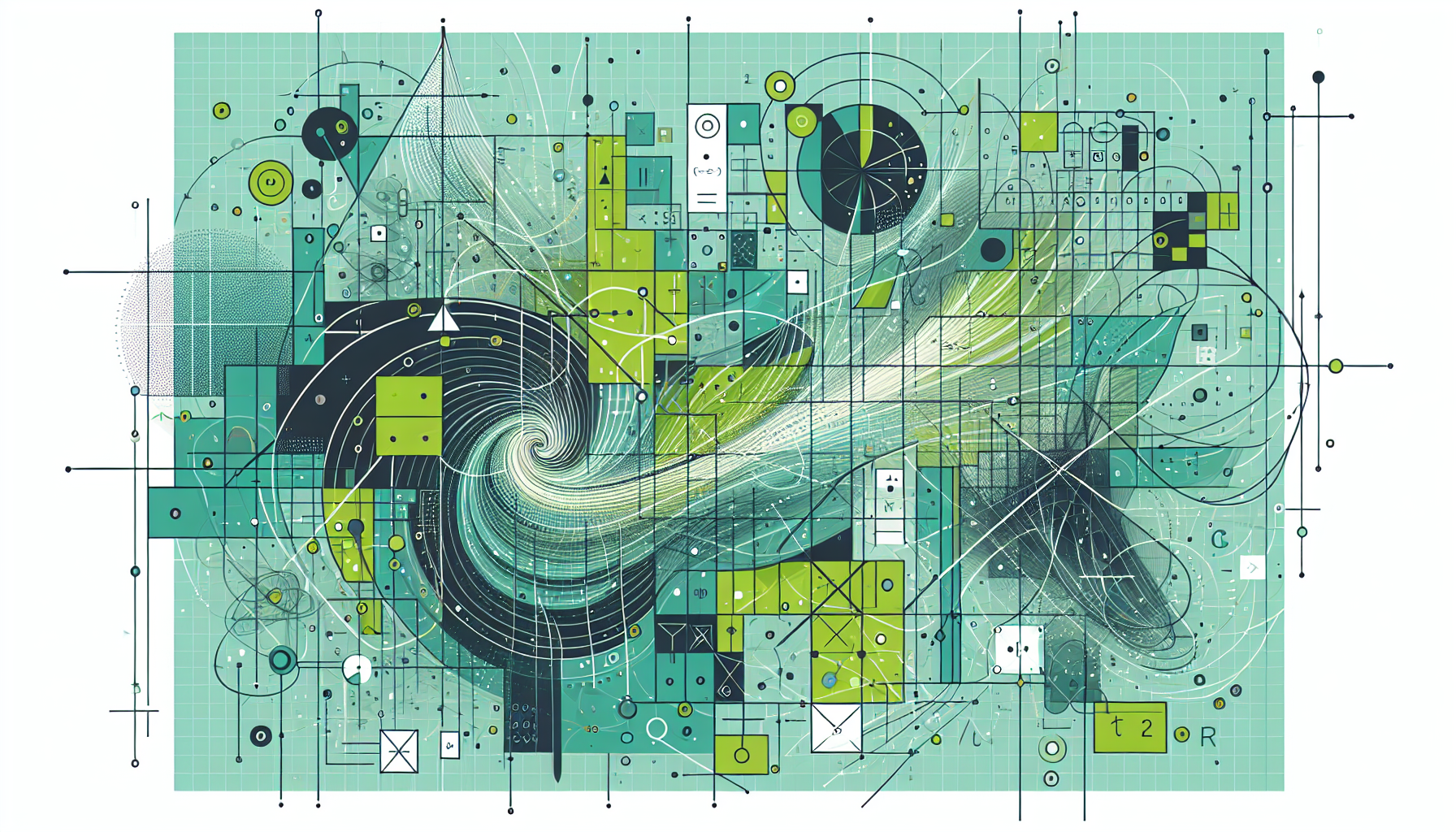Differential Geometry with Complex Variables
Why it matters
- The integration of differential geometry with complex variables offers a robust framework for advanced mathematical modeling.
- This field has critical applications across various scientific domains, including physics, engineering, and computer science.
- The latest updates in the dgcv library provide enhanced tools for researchers and practitioners in mathematics.
Differential geometry, a branch of mathematics that studies the properties and applications of curves and surfaces, has found innovative new applications when combined with complex variables. The recent release of version 0.3.6 of the dgcv library reflects this exciting intersection, providing users with sophisticated tools to explore complex mathematical phenomena. This library is designed to facilitate research and development in areas where differential geometry meets complex analysis, thereby broadening the horizons for mathematicians and scientists alike.
At the core of the dgcv library are its capabilities to handle complex structures with ease. The library enables users to perform complex computations that were previously cumbersome or even unfeasible. By leveraging the principles of differential geometry, users can analyze curves and surfaces in multi-dimensional spaces with high precision. This advancement is particularly significant in fields such as theoretical physics, where the geometry of space-time plays a crucial role.
One of the standout features of version 0.3.6 is its enhanced computational efficiency, allowing for faster processing times when dealing with complex geometric configurations. This improvement is essential for researchers who require quick iterations while exploring mathematical models. Moreover, the updates in this version include new algorithms that streamline the process of deriving geometric properties, making it easier than ever to engage with complex mathematical concepts.
In practical applications, the combination of differential geometry and complex variables has profound implications. For instance, in the realm of engineering, this synergy can optimize design processes by providing deeper insights into material properties and structural integrity. In computer science, algorithms developed with these mathematical principles can enhance machine learning models, particularly in tasks involving image recognition and data analysis.
The dgcv library is not just limited to theoretical exploration; it is also a practical tool for professionals. As industries increasingly rely on data-driven decision-making, the mathematical rigor provided by tools like dgcv becomes indispensable. The library’s user-friendly interface and comprehensive documentation have made it accessible to a broader audience, encouraging more professionals to harness its capabilities.
Furthermore, this version introduces several new functions that expand the library’s utility. Users can now access additional functionalities for visualization, which aid in the interpretation of complex data sets. The ability to visualize geometric relationships in multi-dimensional spaces is a game changer for researchers looking to present their findings clearly and effectively.
The release notes for version 0.3.6 highlight several bug fixes and optimizations that enhance overall performance, ensuring that users have a smooth experience. This commitment to continuous improvement indicates the developers' dedication to supporting the mathematical community. As users adopt the latest version of the dgcv library, they can expect a more robust platform for their research and projects.
In summary, the latest advances in the dgcv library signify a major step forward in the integration of differential geometry and complex variables. By providing powerful tools for computation and visualization, the library empowers mathematicians, scientists, and engineers to tackle complex problems with confidence. As this field continues to evolve, the implications for both academic research and real-world applications are profound, heralding a new era of mathematical exploration and innovation.











